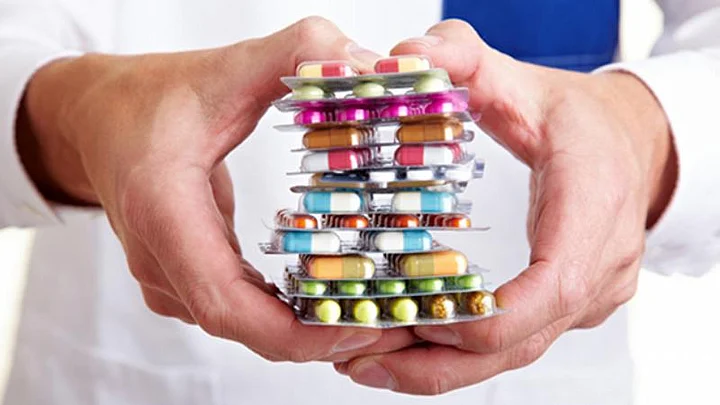Do you ever feel like you need a medical degree to just decipher drug labels? You’re not alone. It’s so hard to decide which syrup to take for a nagging cough - an expectorant or a suppressant, and once you do, the jargon on the back of the bottle will make your head spin!
Catchy terms like “all day”, “non-drowsy” and “dry mouth” seem to spell relief but what do they actually mean? Here’s what you need to know to reduce the risks of a side-effect or an overdose.
Supplements
When you buy supplements off-the-counter, remember that they are not subject to strict labelling restrictions by the Food and Drug Administration. A supplement cannot say it cures a disease but besides that claim pretty much anything on the label - doesn’t have to be proven.
This is important to know as a patient, so if you chose your own supplements instead of going to the doctor for it, then do proper research.
Active Ingredient: What Does it Mean?
Rule of thumb, the first item in any label (food or drugs) is the most important and present in the maximum quantity. On medicine bottles and strips, the active ingredient treats the symptoms. If you are buying over-the-counter drugs, Google the active ingredient to know what the medicine will do for you and also make sure you are not taking another pill with the same active ingredient.
Directions and Dosage
This is pretty straightforward. It explains how much of the medication a patient is supposed to take.
For instance, if the dosage reads, two tablets daily for adults, when should you take it? Two tablets daily is not a very clear instruction; is it post-breakfast and post-dinner? Or before lunch and before dinner? Not all ‘twice-a-day’ pills are meant to be taken at a 12-hour gap so clarify with the pharmacist. Also, never pop in more pills than what’s on the label without talking to your doctor. For children, opt for brands which give dosage direction according to weight instead of age for a more safe and effective dose.
Inactive Ingredient
Inactive ingredients, generally written at the bottom of the pill label, are like additives in processed foods. So generally these are the emulsifiers, the thickening agents, the binders in capsules and ointments, made from a lactose, glucose or starch base.
The inactive ingredients control how, where and when the medicine will be released in the body to achieve maximum benefit.
If you have a food allergy or intolerance, look at this list carefully.
Warnings
It is the most important part of the label for the consumer to check - the warnings and precautions. These are the safety concerns which the Food and Drug Administration wants to flag. “Warnings” are more critical than “precautions” but read both of them carefully. A drug side-effect can be potentially fatal, if mixed with some combination medicine.
Even normal painkillers, like Combiflam, come with serious side-effects of liver damage, which most people are unaware of. Drug laws are a sham in India, there are way too many inconsistencies and it is mostly up to the manufacturer to declare warnings, so be your own judge and discuss with your doctor or research the side-effects of the active ingredients well.
Remember, when it comes to food or drug labels, fine print matters. So put on your glasses and read the text that is really small in size which the company doesn’t want you to read.
Also Read: Read Before You Pop Another Antibiotic

